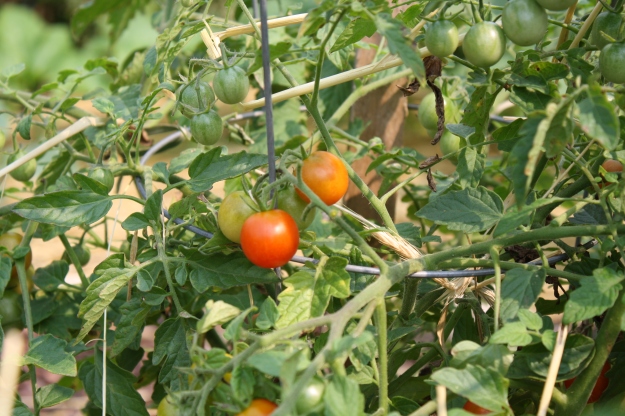Yes, I’m talking about Daylilies. The Latin name for the Daylily genus is Hemerocallis, which comes from two Greek words meaning “day” and “beautiful”. The beautiful flowers of the Daylilies last for only 24 hours, sometimes only sunrise to sunset, with new buds opening each day. Despite this, they are well-worth growing. Daylilies come in a wide range of colors and forms, and most importantly perhaps, are really easy to grow. They are hardy in zones 1 -11 (depending on the species and cultivar). Like many garden favorites, they prefer full sun and fertile, well drained soil. That said, I have found them to be very adaptable to different conditions here at the Botanical Gardens.
Daylilies are native to Europe and Asia, and were brought to North America by early settlers for their gardens. They soon escaped, and have naturalized to the point that many people think they are native wildflowers. The most widespread is the Tawny Daylily, Hemerocallis fulva, whose common names include Roadside Lily and Tiger Lily. H. fulva can spread aggressively and is considered an invasive weed in some parts of the country. Fortunately, most Daylilies, although not natives, are well-behaved.
There are many Daylilies at the URI Botanical Gardens with colors ranging from lavender to orange. Some are bicolor, some have ruffled petals. A few are fragrant. Some have narrow petals and some look almost round. They range from 18 inches tall to 36 inches, or even more. They grow in sun and shade. In other words, they are a diverse genus, blooming throughout the summer and adding great color to the garden.
One last thought: The Daylilies were already here when I began working at the Botanical Gardens. Almost all of them were unlabeled. According to the American Hemerocallis Society, there are over 60,000 registered cultivars of Daylilies! A quick search of “Daylily Photo Galleries” brings up thousands of pictures. So, it may be a while before I know all their names 🙂 .














